Registro completo de metadatos
| Campo DC | Valor | Lengua/Idioma |
|---|---|---|
| dc.rights.license | Reconocimiento 4.0 Internacional. (CC BY) | - |
| dc.contributor.advisor | Harold van Es | es |
| dc.contributor.author | Rubio, Valentina | es |
| dc.date.accessioned | 2025-05-26T21:16:35Z | - |
| dc.date.available | 2025-05-26T21:16:35Z | - |
| dc.date.issued | 2023-08-01 | - |
| dc.identifier.uri | https://hdl.handle.net/20.500.12381/4025 | - |
| dc.description.abstract | The expansion of agriculture and unsustainable management strategies have resulted in severe soil depletion, compromising soil functionality, and the ecosystem services it provides. Understanding the drivers of Soil Health (SH) is crucial for developing effective strategies and promoting sustainable management. This research presents the results of four interrelated projects conducted in Uruguay, and New York State, USA. The projects aim to enhance our understanding of SH drivers at different scales and their connection with anthropogenic management and crop productivity. The research highlights the negative impacts of replacing natural grassland with annually cultivated areas, and underscores the benefits of various conservation practices. It provides a comprehensive set of reference values for evaluating SH indicators in the Pampas region. The study also demonstrates the critical influence of soil organic carbon degradation on cereal productivity losses under annual crop rotations and its relationship with a broader set of SH indicators. To understand the driving force of management in SH, a methodological framework based on the critical zone approach is presented. It proposes using aboveground biomass inputs, which account for 50% of SH variations, as an indicator for potential agronomic management effects on SH. Management scenarios for the Pampas region are evaluated to showcase the applicability of this approach in assessing sustainable management practices. Furthermore, high-resolution spatial data, machine learning models, and digital soil mapping techniques are employed to develop SH prediction models and maps, as well as identify the main drivers of SH at a regional scale in New York State, USA. Overall, the findings emphasize the complexity of SH drivers and the need for comprehensive assessments that consider context-specific conditions, which includes an understanding of management effects on biomass fluxes within a land use system and region. Overall, this research contributes to advancing our knowledge of the complex interplay between inherent soil properties and human activities on SH and provides insights into the design of management strategies that promote sustainable soil management. | es |
| dc.description.sponsorship | Agencia Nacional de Investigación e Innovación | es |
| dc.description.sponsorship | Programa Fulbright | es |
| dc.language.iso | eng | es |
| dc.publisher | Cornell | es |
| dc.rights | Acceso abierto | * |
| dc.subject | Salud del suelo | es |
| dc.subject | Soil Health | es |
| dc.subject | Crop productivity | es |
| dc.subject | Digital Soil Mapping | es |
| dc.title | Disentangling the connections between management, soil health, and crop productivity at field and regional scales | es |
| dc.type | Tesis de doctorado | es |
| dc.subject.anii | Ciencias Naturales y Exactas | |
| dc.subject.anii | Ciencias de la Tierra y relacionadas con el Medio Ambiente | |
| dc.subject.anii | Ciencias Agrícolas | |
| dc.subject.anii | Agricultura, Silvicultura y Pesca | |
| dc.subject.anii | Agricultura | |
| dc.subject.anii | Ciencias del Suelo | |
| dc.identifier.anii | POS_FUL_2019_1_1008446 | es |
| dc.type.version | Publicado | es |
| dc.identifier.doi | https://doi.org/10.7298/0xzg-2f70 | - |
| dc.anii.subjectcompleto | //Ciencias Naturales y Exactas/Ciencias de la Tierra y relacionadas con el Medio Ambiente/Ciencias de la Tierra y relacionadas con el Medio Ambiente | es |
| dc.anii.subjectcompleto | //Ciencias Agrícolas/Agricultura, Silvicultura y Pesca/Agricultura | es |
| dc.anii.subjectcompleto | //Ciencias Agrícolas/Agricultura, Silvicultura y Pesca/Ciencias del Suelo | es |
| Aparece en las colecciones: | Publicaciones de ANII | |
Archivos en este ítem:
| archivo | Descripción | Tamaño | Formato | ||
|---|---|---|---|---|---|
| Dissertation V.Rubio final.pdf | Descargar | Tesis de Doctorado | 5.56 MB | Adobe PDF |
Las obras en REDI están protegidas por licencias Creative Commons.
Por más información sobre los términos de esta publicación, visita:
Reconocimiento 4.0 Internacional. (CC BY)
